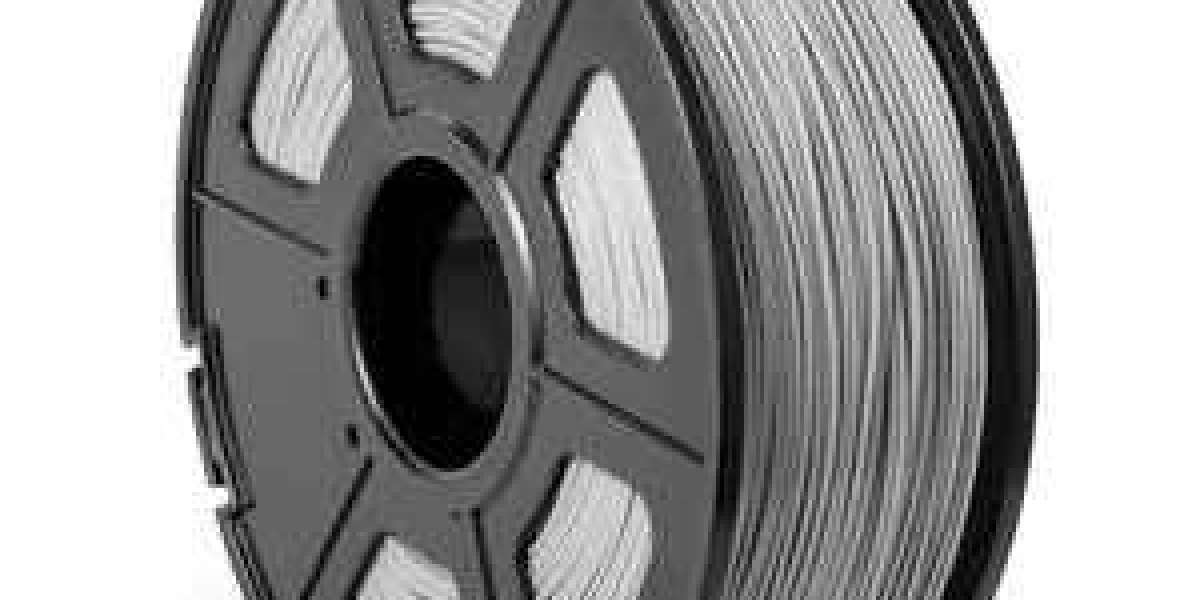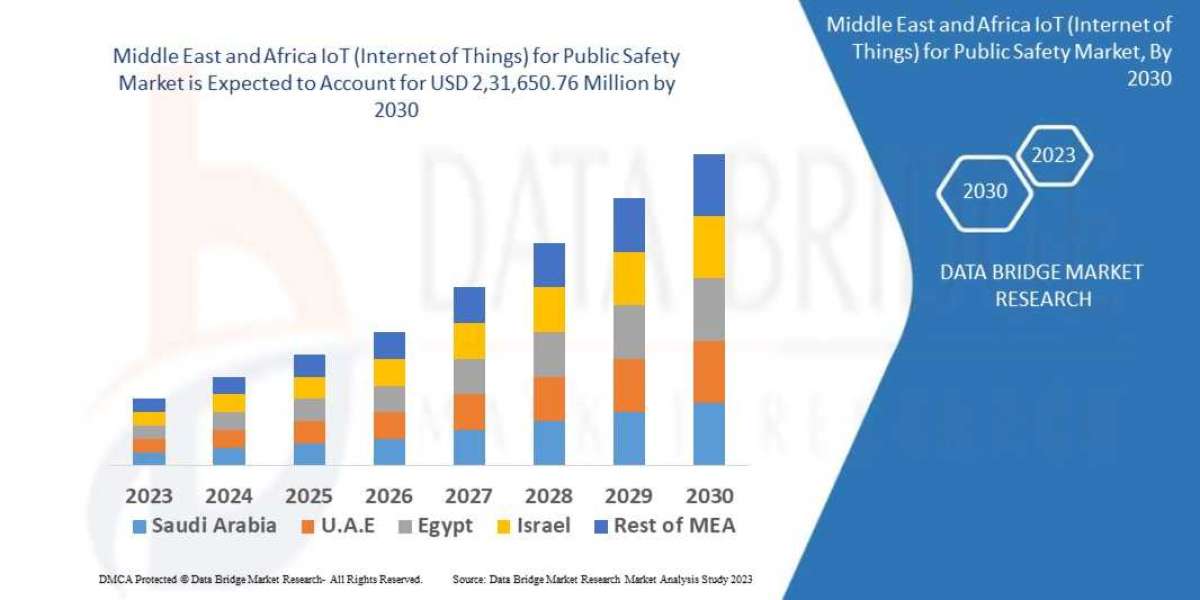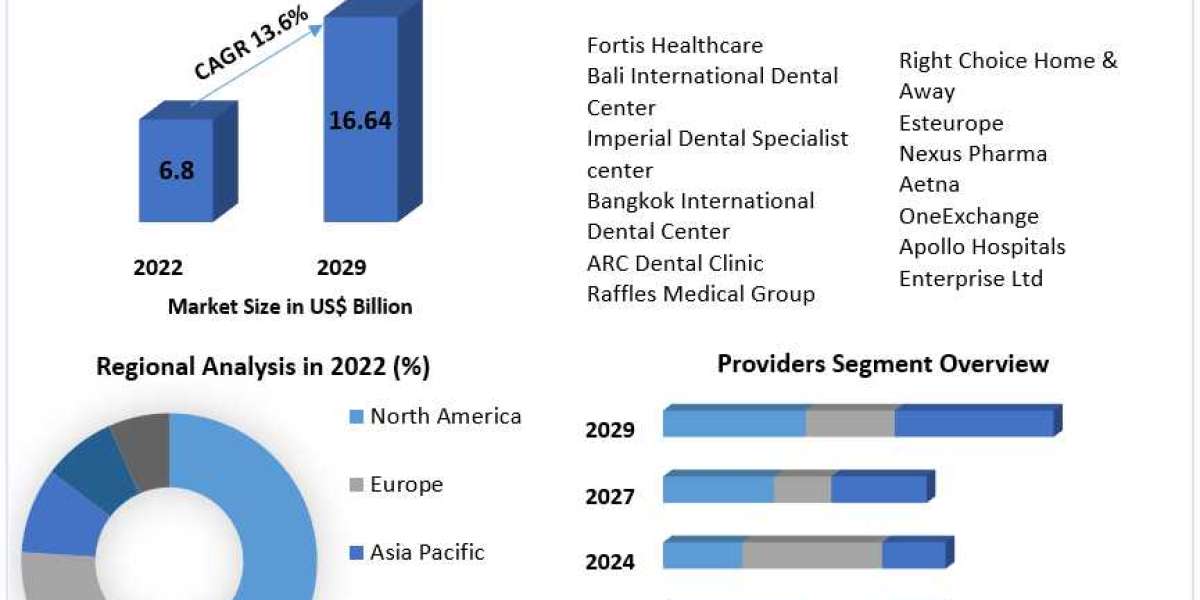How to choose suitable alternative materials to avoid shrinkage problems of ABS
ABS (acrylonitrile-butadiene-styrene) filament is widely used in the field of 3D printing due to its superior mechanical strength, heat resistance and impact toughness. However, the high shrinkage rate of ABS makes it prone to warping, cracking and other problems when cooling, especially in large-size prints and complex models. To avoid these problems, choosing suitable alternative materials is an effective solution. This article will introduce several common ABS alternative materials to help you choose a more suitable material for different application scenarios.
1. PLA (polylactic acid)
PLA is currently one of the most popular 3D printing materials, especially suitable for beginners and applications where mechanical properties are not required. Compared with ABS, PLA has a lower shrinkage rate, is not easily warped when printing, and is a very stable material.
Advantages: Low shrinkage: PLA filament has a low coefficient of thermal expansion, and there are almost no warping and cracking problems during printing.
Easy to print: PLA does not require a heated print bed and is suitable for most desktop 3D printers.
Environmental protection: PLA is made from renewable resources (such as corn starch) and has good biodegradability.
Disadvantages: Lower heat resistance: PLA has poor heat resistance and a lower softening temperature, which is generally not suitable for high temperature applications (such as automotive parts or outdoor equipment).
More vulnerable: Compared with ABS, PLA has lower toughness and poor ability to withstand impact.
Application scenario: PLA is ideal for making low-strength, non-functional models such as prototypes, decorations, toys, etc.
2. PETG (Polyethylene terephthalate)
PETG is a material that combines the stability of PLA with the mechanical properties of ABS and is often referred to as an "intermediate material". PETG has a low shrinkage rate and good chemical resistance and toughness, making it the preferred alternative material for many users.
Advantages: Low shrinkage: PETG cools more slowly during printing, so there is a lower risk of warping and cracking.
High toughness: PETG is more impact resistant than PLA, and has a certain bending property and is not easy to crack.
Chemical resistance: PETG has a strong tolerance to chemicals (such as acids and bases).
Disadvantages: Easy filament drawing: PETG is prone to filament drawing during the printing process, and the parameters need to be adjusted in the print Settings to reduce filament drawing.
A heated bed is required: Although PETG has a low shrinkage rate, it is recommended to use a heated bed (about 70-90°C) when printing in order to ensure better interlayer adhesion.
Application scenario:
PETG is suitable for functional parts that require a certain degree of strength and toughness, such as tools, mechanical parts, electronic housings, etc., especially for outdoor equipment and chemical handling appliances.
3. ASA (Acrylonitrile-Styrene-Acrylate)
ASA is an upgraded version of ABS with similar mechanical properties and processing characteristics, but with better thermal stability and weather resistance, and a relatively low shrinkage rate. ASA is particularly suitable for outdoor applications because it does not turn yellow or degrade under ultraviolet light.
Advantages: Low shrinkage: ASA has a lower shrinkage rate than ABS, reducing the risk of warping and cracking.
Excellent weather resistance: ASA has excellent UV resistance and weather resistance, making it ideal for long-term outdoor use.
Abs-like mechanical properties: ASA is close to ABS in strength and toughness, making it suitable for making strong functional parts.
Disadvantages: Need for heated bed and closed printer: Similar to ABS, ASA still requires a heated bed (about 90-100°C) and closed print environment when printing to prevent warping caused by uneven cooling.
Application scenario: ASA is particularly suitable for making parts that are exposed to the outdoors for a long time, such as car shells, outdoor signs, gardening tools, etc.
4. TPU (Thermoplastic polyurethane)
TPU is a flexible material with excellent elasticity and wear resistance. Although the mechanical properties of TPU are somewhat different from ABS, its low shrinkage and exceptional flexibility make it an ideal alternative to ABS in some applications.
Advantages: Low shrinkage: TPU cools evenly during the printing process, with almost no warping and cracking problems.
Highly flexible: TPU has rubber-like flexibility and is suitable for making parts that require bending and twisting.
Good wear resistance: TPU has strong wear resistance and is suitable for making parts that require frequent friction.
Disadvantages: High printing difficulty: Due to the flexible characteristics of TPU, it is easy to have a plug or material slip when printing, and a special extrusion mechanism needs to be used on the printer.
Lower mechanical strength: TPU is not as strong and rigid as ABS or ASA and is not suitable for parts requiring high strength support.
Application scenario: TPU is used to make flexible components, such as insoles, mobile phone cases, sealing rings, and shock absorbing components.
5. PC (Polycarbonate)
PC is an extremely strong engineering plastic with excellent impact resistance and heat resistance. Although the printing conditions of PC are demanding, its mechanical properties far exceed those of ABS and are suitable for applications requiring high strength and high temperature resistance.
Advantages: Extremely high strength and impact resistance: PC is one of the strongest options for 3D printing materials and is suitable for making parts that withstand high stress.
High temperature resistance: PC can withstand higher temperatures (usually more than 100°C) and is suitable for high temperature environments.
Good transparency: PC can be used for some transparent or translucent applications, such as lampshades or transparent housings.
Disadvantages: High temperature printing conditions are required: PC printing temperature is high (about 260-310°C), heating bed (about 90-110°C) and closed printing environment are required.
Shrinkage rate is still high: Despite the superior mechanical properties of the PC, its shrinkage rate is relatively high, and it is still necessary to pay attention to prevent warping when printing.
Application scenario: PC is suitable for functional parts with high strength and high temperature resistance, such as mechanical gears, electronic equipment shells, and engineering components.
Choosing the right alternative material to avoid ABS shrinkage depends on the performance needs and application scenarios of your printed parts. For low shrinkage and easy to print materials, you can choose PLA or PETG. If greater weather resistance and mechanical properties are required, ASA is a good alternative, while for parts that require flexibility or high strength, both TPU and PC are ideal choices.
By understanding the characteristics, advantages and disadvantages of each material, as well as the application scenarios, you can choose the most suitable alternative material according to the specific use needs, thereby avoiding the shrinkage problem of ABS and achieving higher quality 3D printing results.







